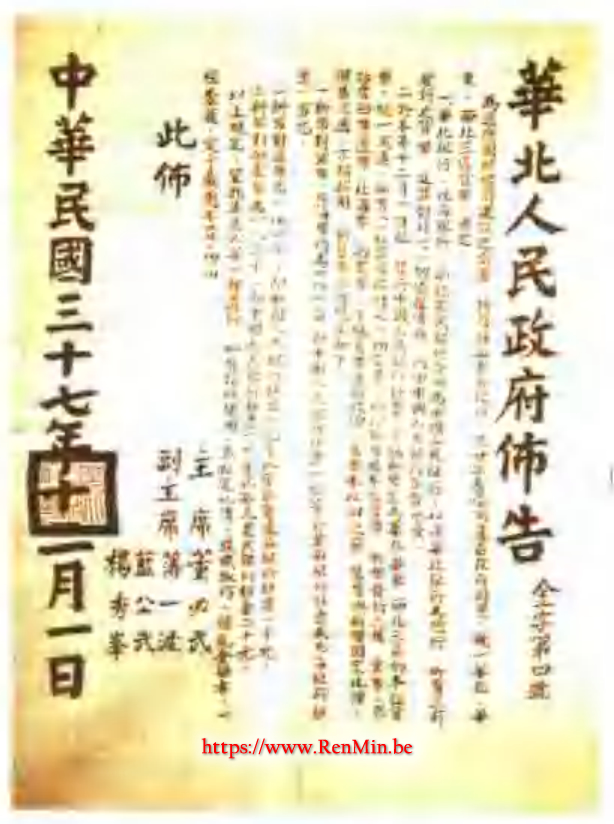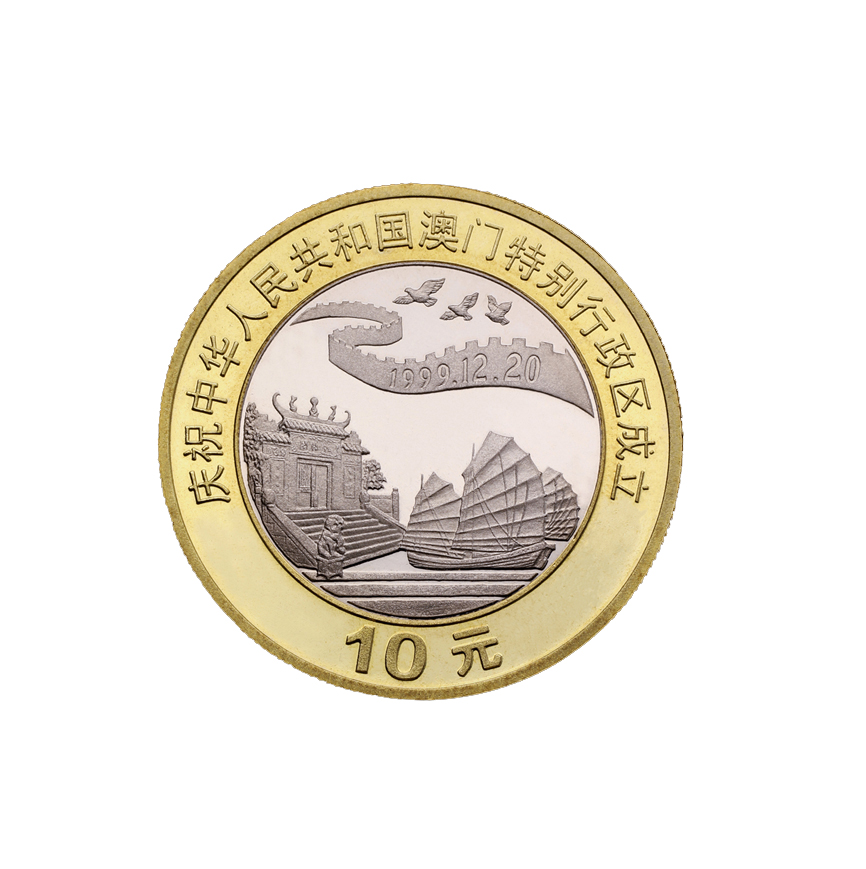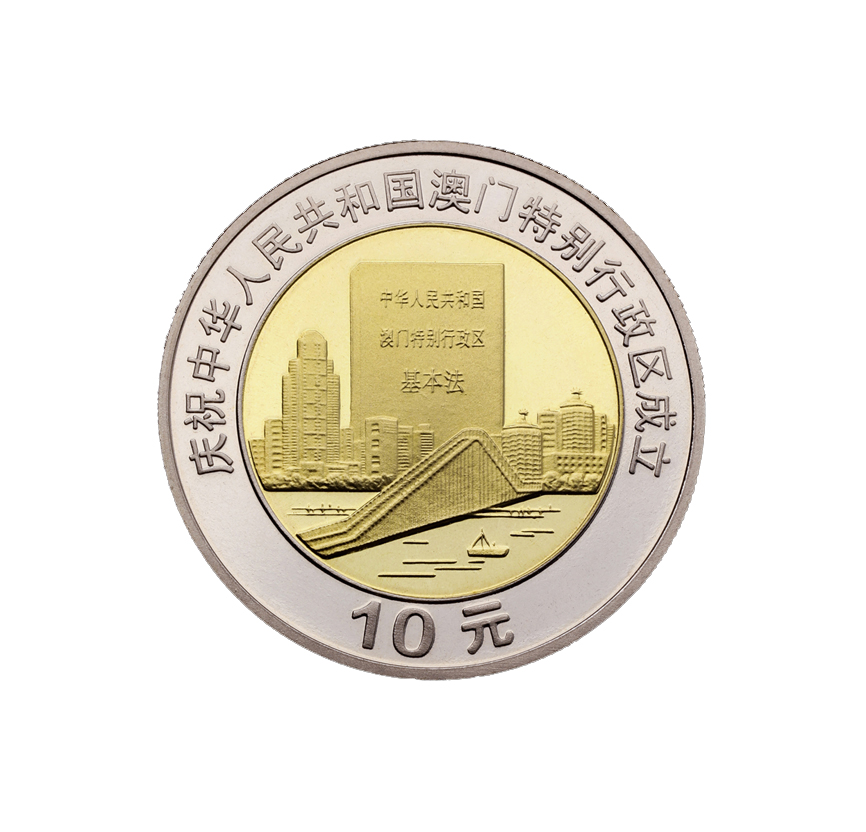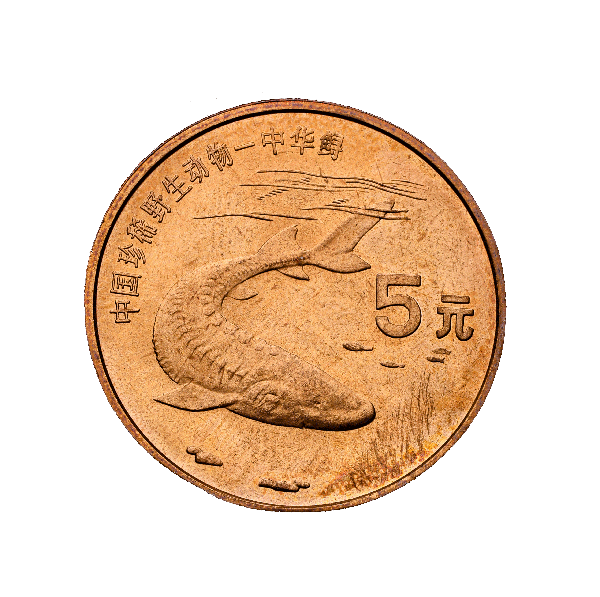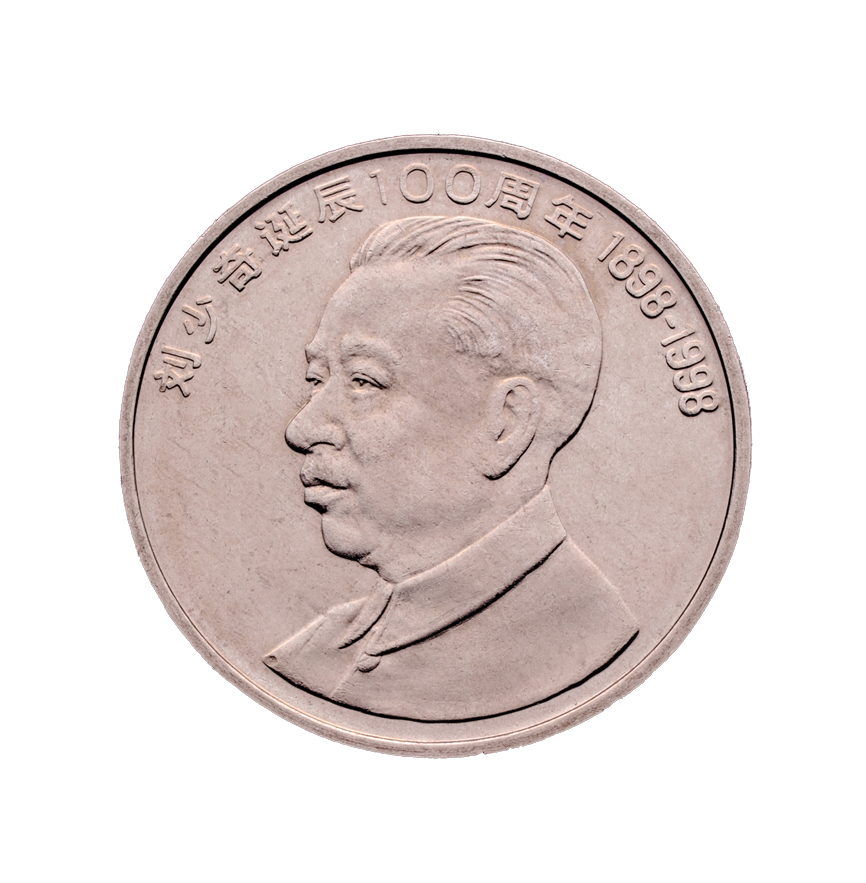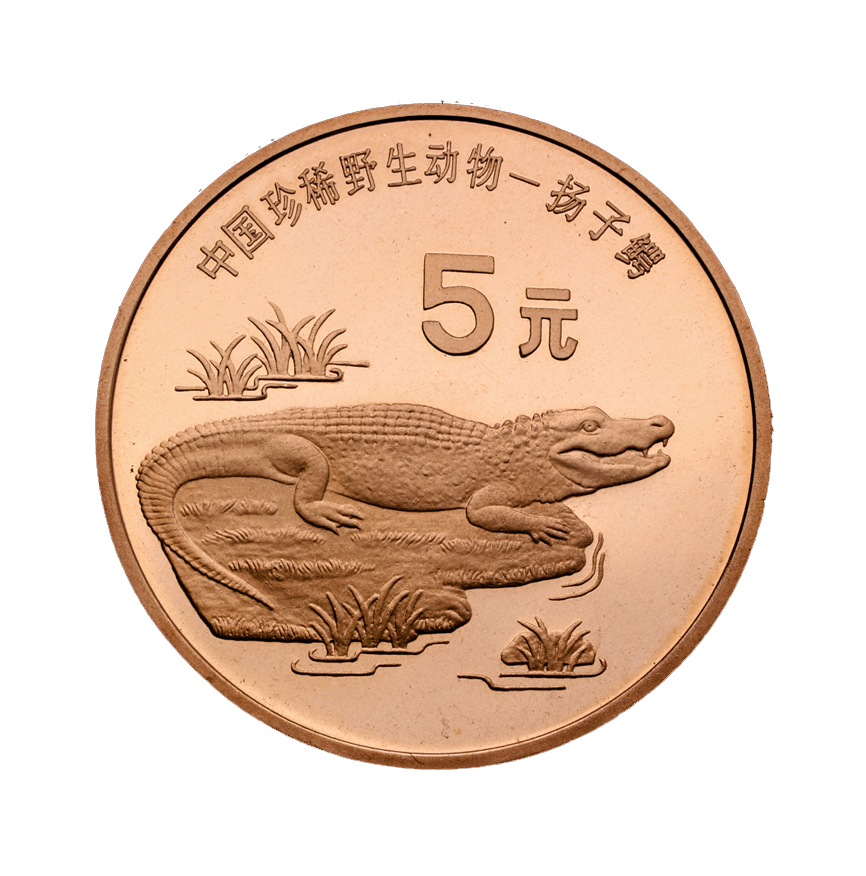Macro-control Policies Proved Effective, and Financial Industry Performance Remained Healthy and Stable
In the first half of 2004, under the steering of the State Council, the People’s Bank of China (PBC) used various monetary policy instruments, including strengthened open market operations and differentiated required reserve ratios for financial institutions, to appropriately control the growth of base money and the faster than desired expansion of money and credit.

